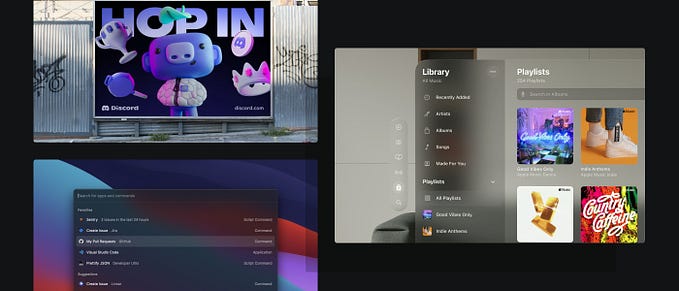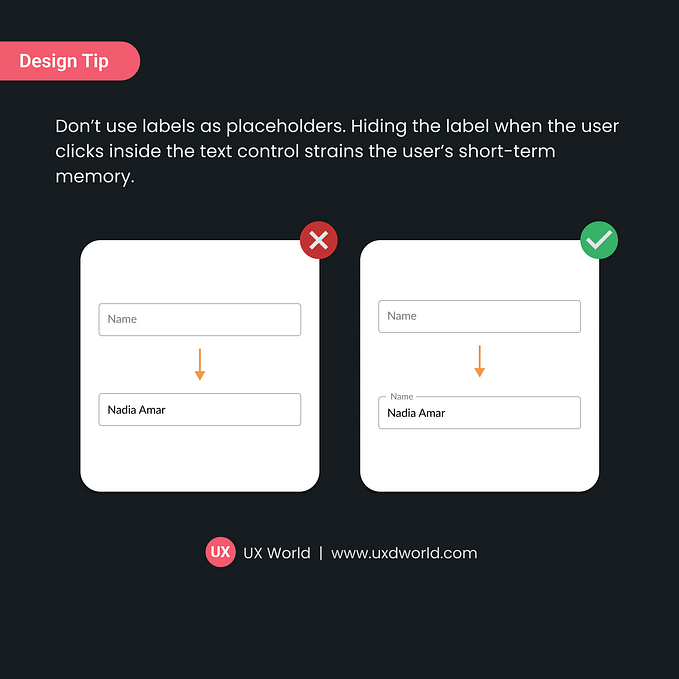Member-only story
Hello PDF, goodbye accessibility
Access to content is more important than format.

We will be able to look at the issue of digital accessibility and its importance for the thinking, design and development of digital products from various perspectives. We can question its value for the business, its relevance for users or even its applicability, in what are the dynamics of project teams on a day-to-day basis. However, a well-founded opinion will hardly be able to question its importance for the construction of digital products, really and truly, accessible and transversal to a wider audience.
On the other hand, it is quite true that the subject is far from simple. In addition to norms, validations, and checklists, the scope of the topic and its integration, whether in the most strategic decisions, or in the simplest everyday processes, makes the implementation of a true and structured accessibility policy, touch a series areas of the company’s life.
Day-to-day documents
Digital accessibility is not a topic that should be confined exclusively to what digital products are, be they websites or mobile applications. Many of the day-to-day processes of any team can and should integrate concerns that effectively make all information accessible, especially when much of that information can be shared more widely with users.
One of the very recurrent themes in any team and that is usually forgotten when we talk about accessibility, is the creation, edition and publication of information through PDF files. Removing from this equation all the internal work documents of the teams (which could still make for a long conversation). Not infrequently, we see many digital products, full of useful information for users, confined in PDF files online.
PDF files
Let’s be clear on this topic. PDFs, although a very popular and extremely useful file format (it’s true), are terrible for accessibility. Do you have questions? For example, have you ever tried using a screen reader to consult information from a PDF online? Try it! I’m sure that experience will be very valuable the next time you think about publishing a PDF file online with useful information for users.









